The father and grandfather of the factory's founder, László Láng, were both doctors, but he decided to break the family tradition and choose the world of machines instead of medicine. He graduated from the higher industrial school in Vienna and was an employee of several well-known factories.
A
László Láng, founder of the Láng Machine Factory (Source: Budapest, issue 9, 1980)
Láng arrived in Pest in 1867. Thanks to his extensive experience, he became the plant manager of the First Hungarian Machine Factory. He did not hold this position for a very long time, only one year, but he made countless important acquaintances and had the opportunity to observe the development of Hungarian industry and - certainly - its shortcomings as well. Taking all of this into account, he decided to found his own workshop.
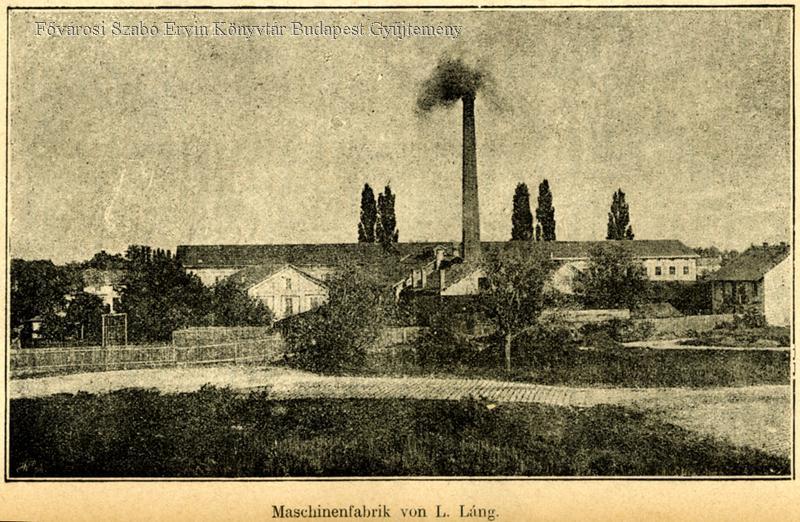
A perspective photo of the Láng Machine Factory with the smoking factory chimney in a photo from 1889 (Source: FSZEK Budapest Collection)
As soon as the necessary capital was collected, he realized his vision: on 1 May 1868, he opened his workshop with 8-10 workers on Váczi Boulevard (today's Bajcsy-Zsilinszky Road). He rented the premises, but most of the equipment there was his property. At the very beginning, they mainly dealt with repairs, and their main customers were the Pest mills. Láng worked determinedly to make his workshop better and better known.
" László Láng does not play the "industrialist", he himself works hard to make his plant flourish. He obtains orders, deals with material procurement, trades and, if necessary, shows the more delicate professional skills as a "foreman". He writes advertisements, keeps a ledger, and uses his foreign acquaintances to acquire professionals with outstanding knowledge."
- wrote György Diószegi in the 9th issue of the Budapest magazine in 1980.
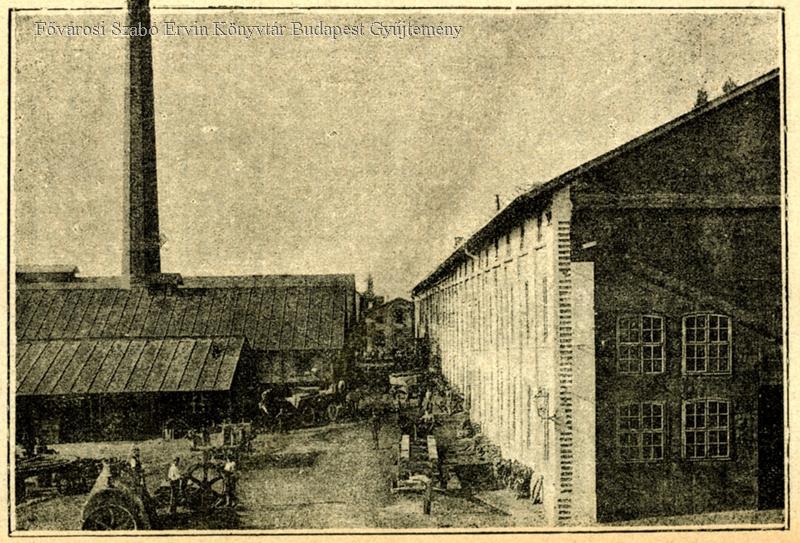
The site of the Láng Machine Factory on Váci Road in a photo from 1889 (Source: FSZEK Budapest Collection)
Thanks to the reliable work, the workshop received many orders, so the number of workers slowly increased to 70-80 people, which made the rental property increasingly too small. Finally, in 1873, Láng bought the buildings of a former starch factory on outer Váci Road, next to the Eisele Machine Factory. The buildings there were converted according to the plant's needs. However, not only the factory, but also Láng and his family moved: they settled in the immediate vicinity of the factory.
For Láng, the year 1873 was also important from another point of view: he wanted to present his large steam engine with 49 horsepower and 85 revolutions per minute at the World Exhibition in Vienna. The equipment was a huge success: it won the prize of the exhibition's jury, and it also attracted the interest of Archduke József, who subsequently bought it for his estate in Alcsút.
The factory installed its first steam engine for the mill industry in 1874 at the Lujza Steam Mill in Buda, and then they also manufactured machines for the other mills in the capital (in the mills of Haggenmacher, Erzsébet, Pannónia, Gizella and Hitelbank).
The machinery installation workshop of the machine factory at the end of the 19th century (Source: Illés Aladár Edvi: Budapest műszaki útmutatója 1896 [Technical guide of Budapest 1896], Budapest, 1896. Figure 402)
The iron turning and locksmith workshop of the factory at the end of the 19th century (Source: Edvi Illés Aladár: Budapest műszaki útmutatója 1896 [Technical guide of Budapest 1896], Budapest, 1896. Figure 401)
In the second half of the 19th century, the issue of the development of domestic industry was very important. For this purpose, according to Act XLIV of 1881, 182 plants received a 15-year tax exemption. Among the factories listed was the Láng Machine Factory.
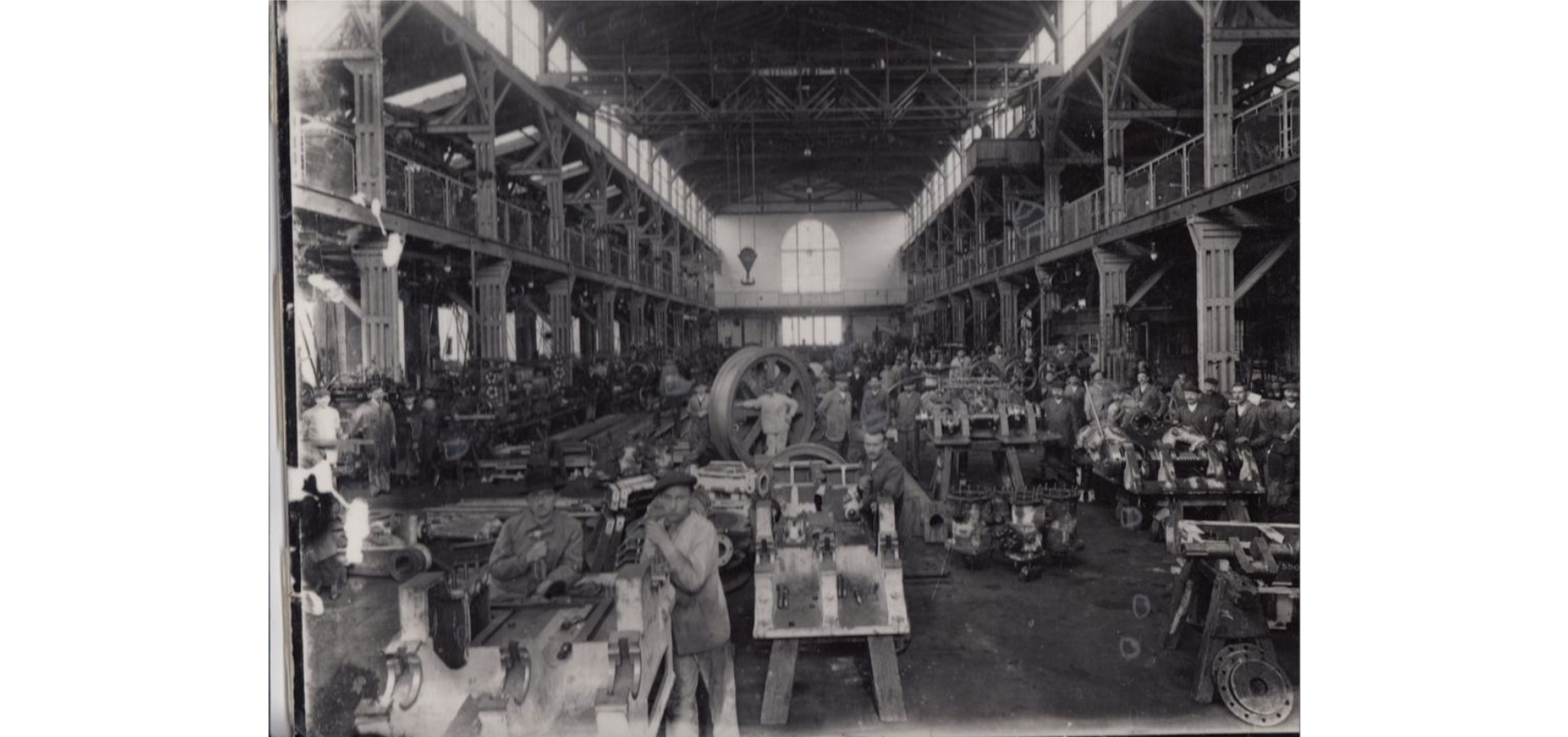
The main hall of the machine factory in a photograph from the 1920s (Source: Angyalföld Local History Collection)
The press of the time spoke highly of the factory's activities. On 1 November 1893, the magazine Magyar Gépipar wrote about it as follows:
It is always a pleasure for the »Magyar Gépipar« to hear something pleasant about our domestic machinery industry. Therefore, we would like to point out the fact that the Láng machine factory has produced a number of steam engines for foreign countries in the last year, and there are still several steam engines in operation that will be used for foreign electrical equipment. In addition to the excellence of our domestic machine factory, this is the most beautiful certificate."
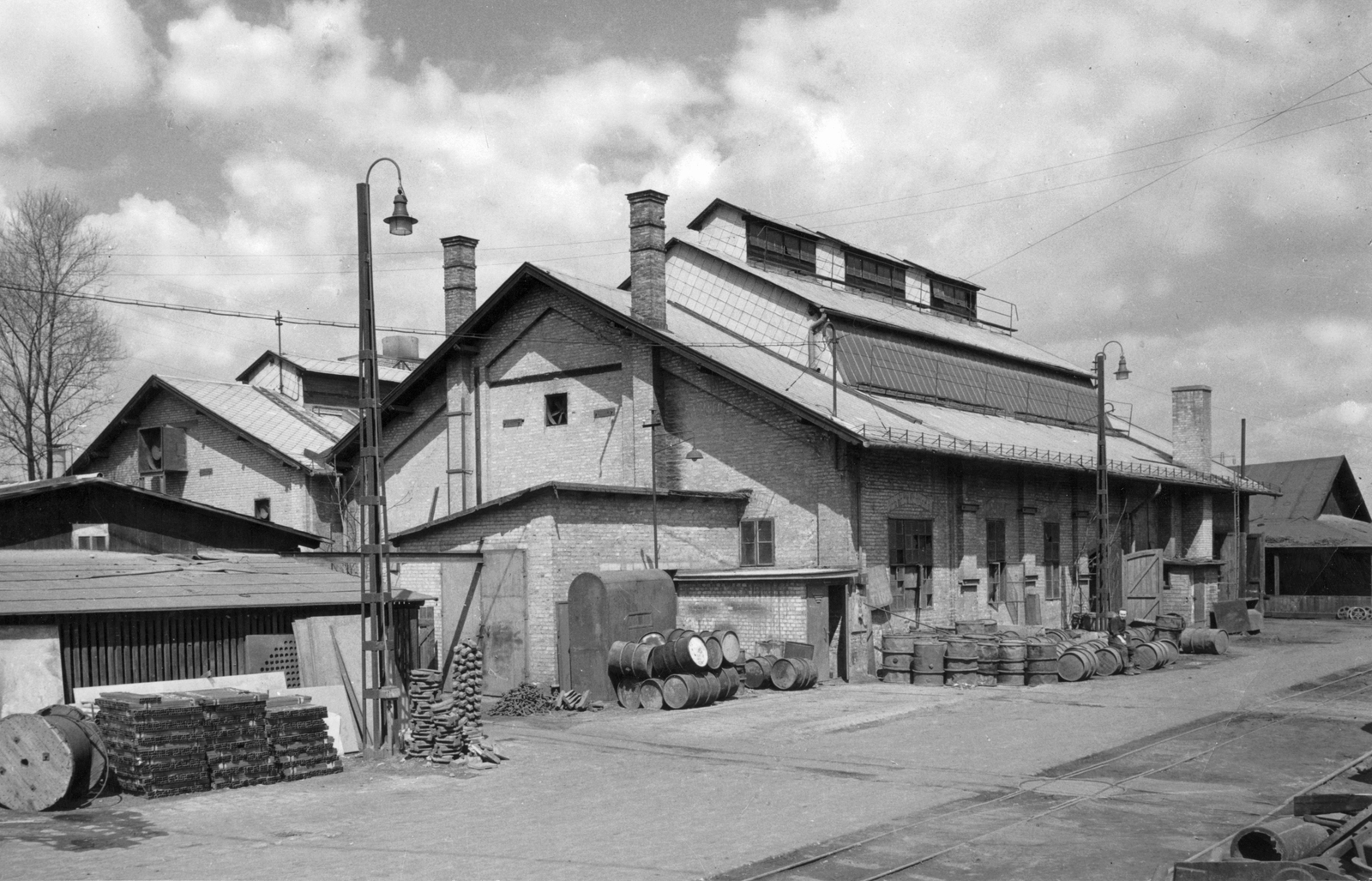
The Láng Gépgyár in a photo taken in 1962 (Source: Fortepan/No.: 39714)
The Millennium Exhibition of 1896 had high stakes: it was then decided which companies would represent Hungarian industry at the Paris Exhibition of 1900. The Láng factory performed well at both exhibitions, and in 1900 it even received a grand prize and a gold medal for the steam engine it presented.
The founder's son, Gusztáv Láng, completed his studies at the universities of Vienna and Berlin at the turn of the century, and then went on a study trip. In the second part of his already mentioned 1980 article, György Diószegi emphasized that Gusztáv Láng was happy to see how successful his father's factory was at the 1900 World Exhibition. Returning home from his trip, he proposed the production of a new technology, the steam turbine.
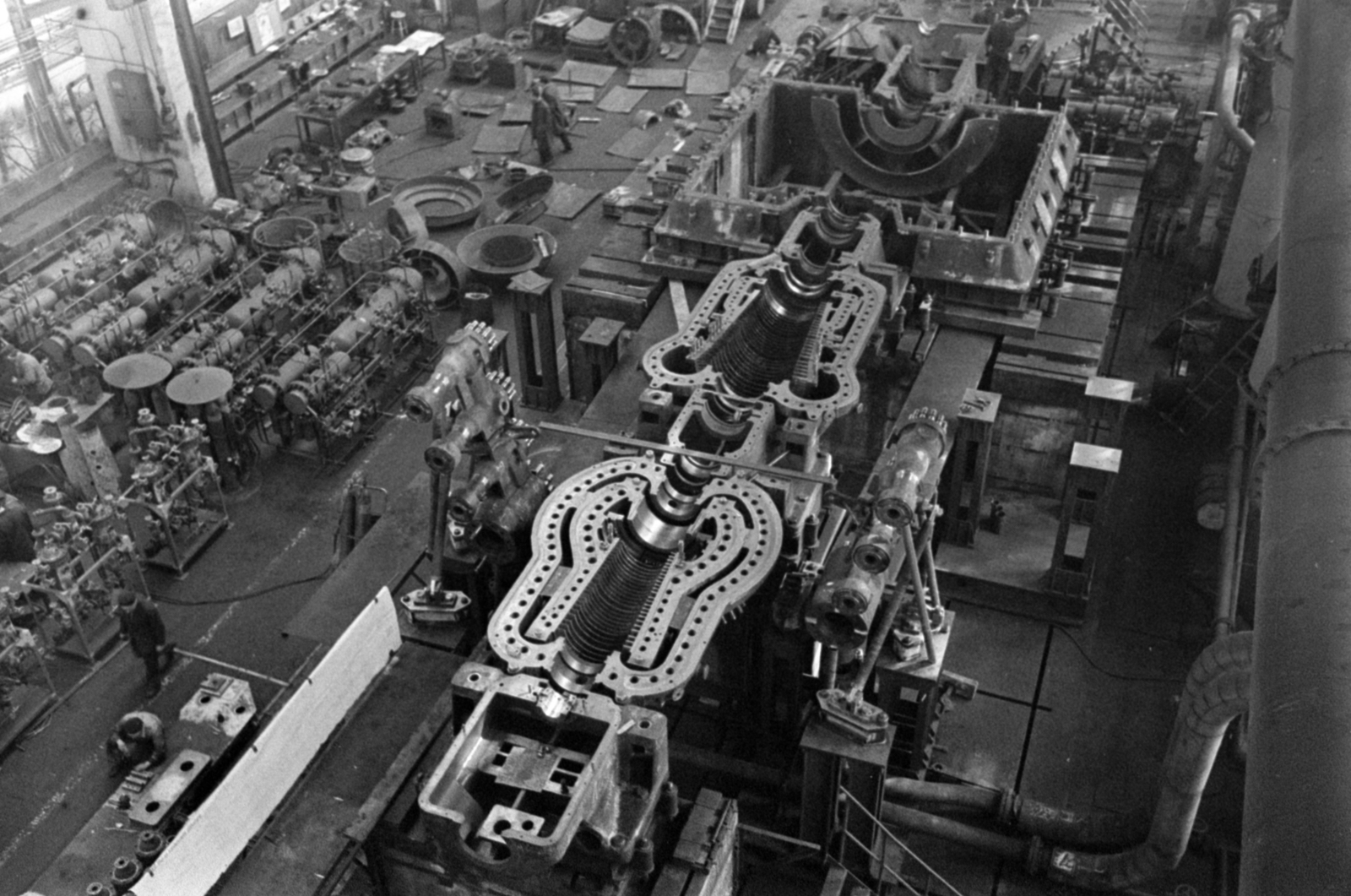
The turbine assembly workshop of Láng Gépgyár in 1968 (Source: Fortepan/No.: 179188)
The steam turbine was designed by the chief engineer of the factory. Unfortunately, it was revealed only later that he had made a mistake in the design: the operating speed of the turbine coincided with the critical speed, and this caused problems in its operation. The repair of the error consumed a lot of money, which put the machine factory in a difficult financial situation, which was not helped even by the fact that in 1910 they started the production and development of Diesel engines. As a result of this unfortunate event, it was decided to transform the family business into a joint-stock company: in 1911, Láng Gépgyár and Magyar Általános Hitelbank agreed on the details and entered into a merger. Gusztáv Láng was appointed as the general manager of the factory, and the board included representatives of the credit bank and members of the Láng family. László Láng had already retired from the actual management of the factory due to illness, and he passed away shortly after the contract with the bank, in 1914.
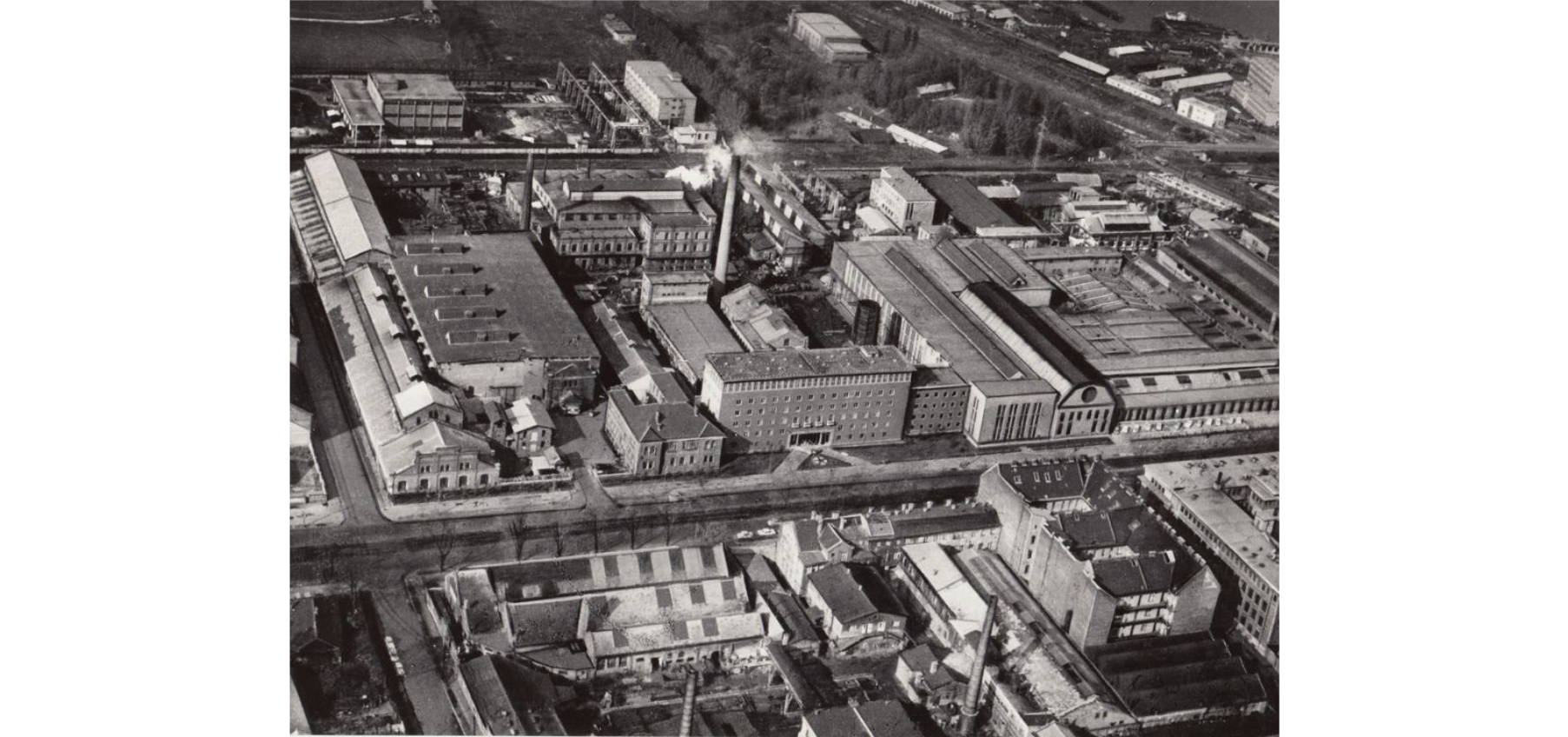
Top view of the site of Láng Gépgyár (Source: Angyalföld Local History Collection)
On 1 July 1915, another important event took place in the factory's history: Láng Gépgyár merged with Hazai Gépgyár Reszvénytársaság. The Eisele Machine Factory, adjacent to the Láng factory, also belonged to the latter.

Watercolour of the Láng Gépgyár (Source: Angyalföld Local History Collection)
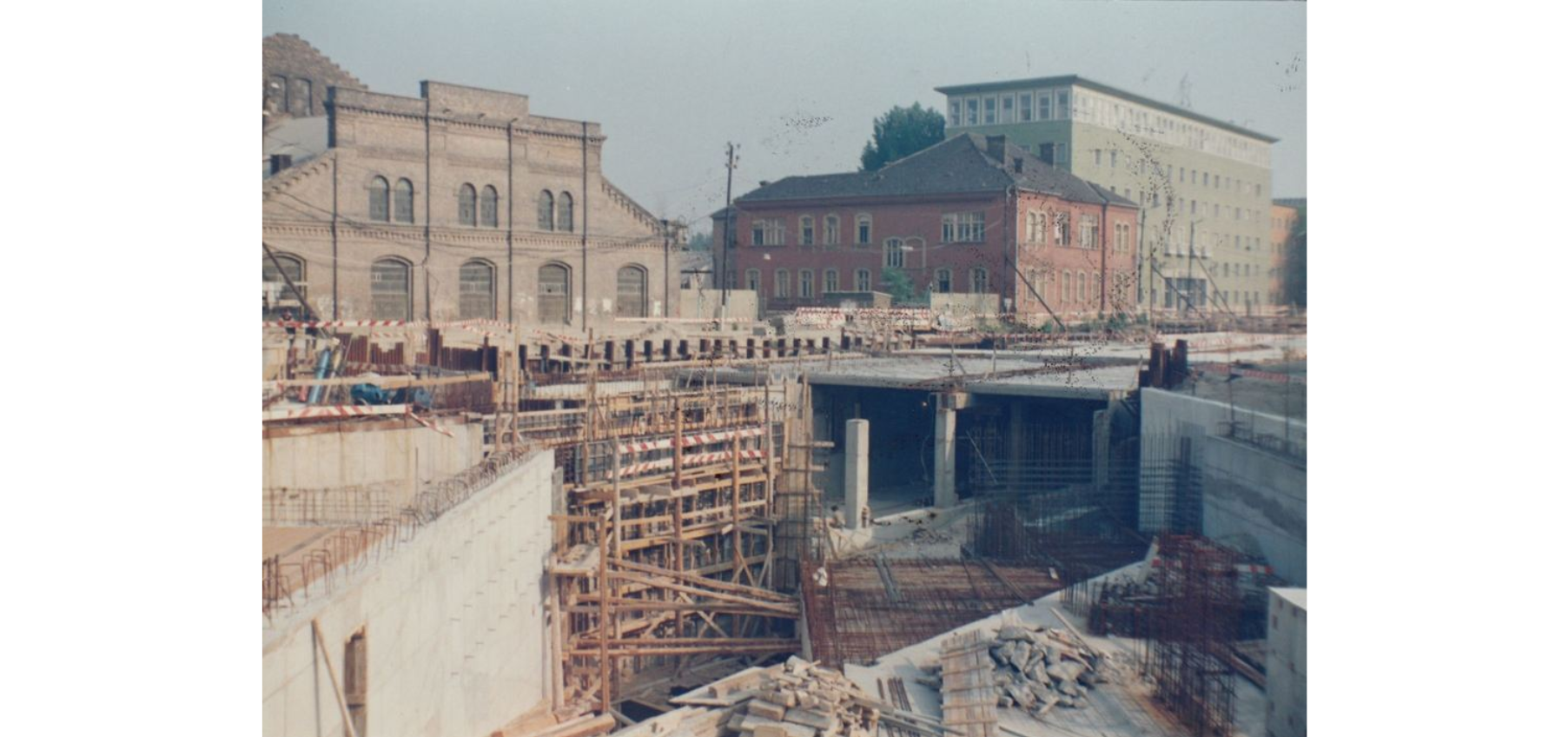
The construction of Metro line 3 at Forgách Street in front of the Láng Machine Factory (Source: Angyalföld Local History Collection)
The factory's machines were very popular. These devices were also used in the buildings of the Waterworks, Gasworks and Electric Works. The buses of the 1930s and 40s were powered by diesel engines manufactured by Láng Gépgyár, but
" the equipment for making mixed jams and canned tomatoes became very notable legacies of the Láng factory"
wrote dr. Imre Tóth in the July 1968 issue of the Budapest magazine.
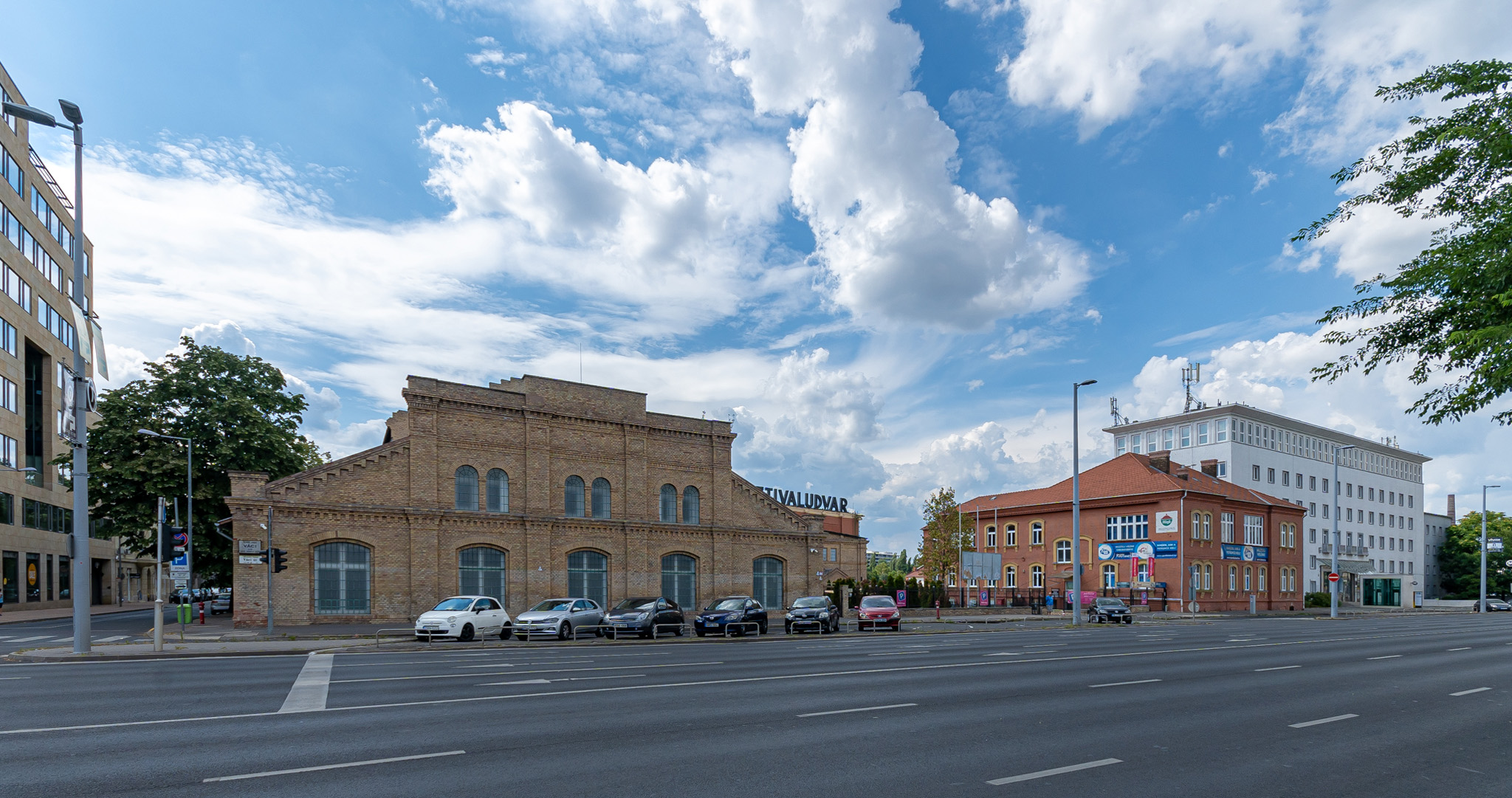
The building of the still standing boiler forge (Photo: Balázs Both /pestbuda.hu)
In the Second World War, it was declared a military plant, and luckily, it survived the cataclysm without serious material damage. A significant change occurred only after nationalization in 1948. Gusztáv Láng, who had been the company's CEO for almost 40 years, was retired this year.
From the 1970s, the factory gradually lost its prestige due to outdated technology and faced an increasing crisis. In 1990, it was privatized, and in 2000, the company closed for good.

The facade of the monumental building from Turbina Street (Photo: Balázs Both/pestbuda.hu)
The Láng Gépgyár was of enormous importance in establishing and developing the international reputation of Hungarian industry. Among the buildings of the giant plant only the buildings of the former Eisele Machine Factory, designed by Ignác Alpár in 1890-91, remained: the boiler forge workshop, the boiler assembly workshop, the coppersmith's workshop and the office building. They have been under monument protection since 1999.
According to the plans for the development of the rust zones, a modern residential park will be built in the near future on the site of the former factory.
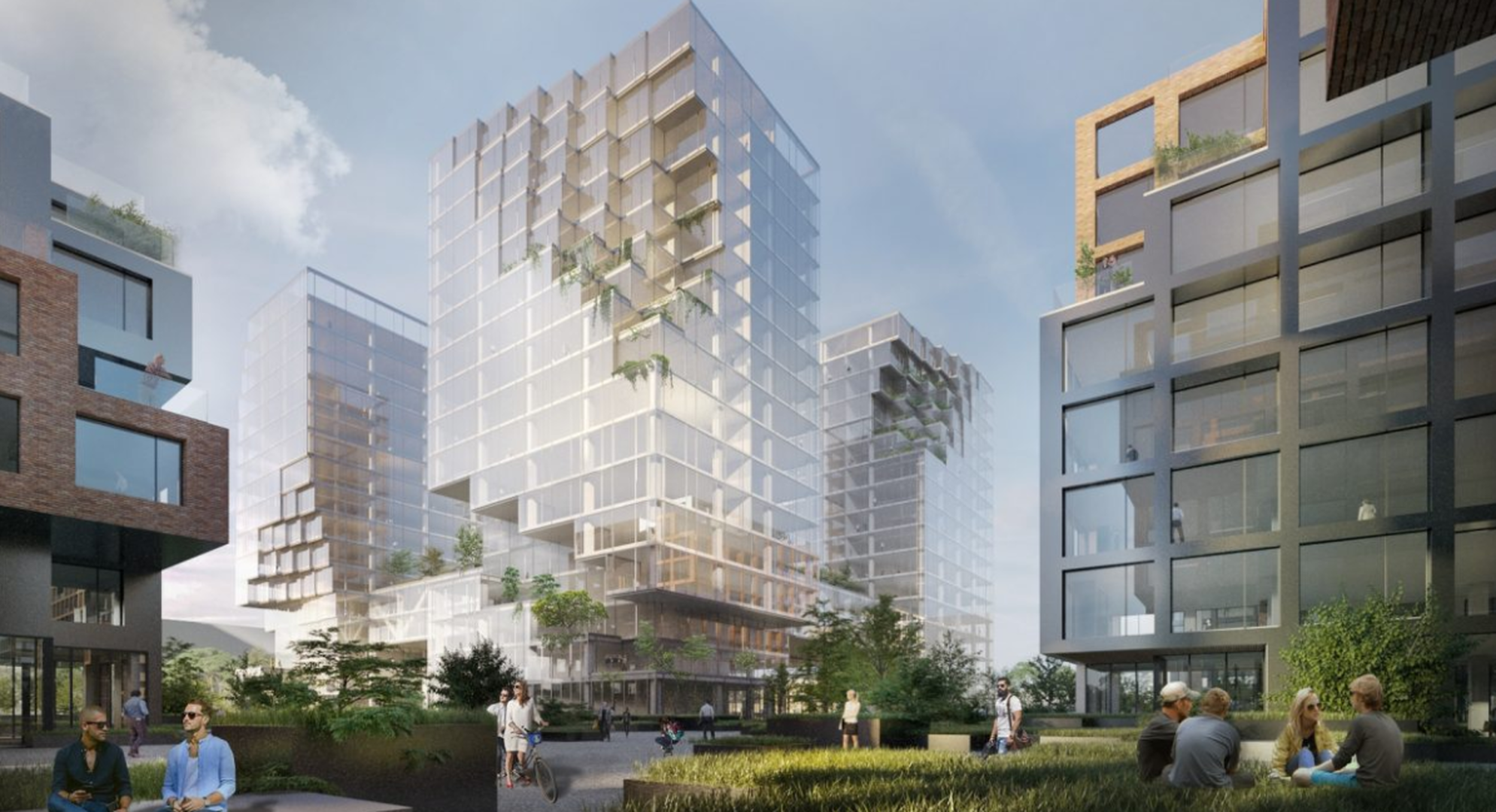
As part of the Láng Quarter program, a residential park will be created in the vicinity of the Láng Machine Factory. The visual plans for this have already been completed (Source: epiteszforum.hu)
Cover photo: The Láng Machine Factory in the 1920s (Source: Angyalföld Local History Collection)

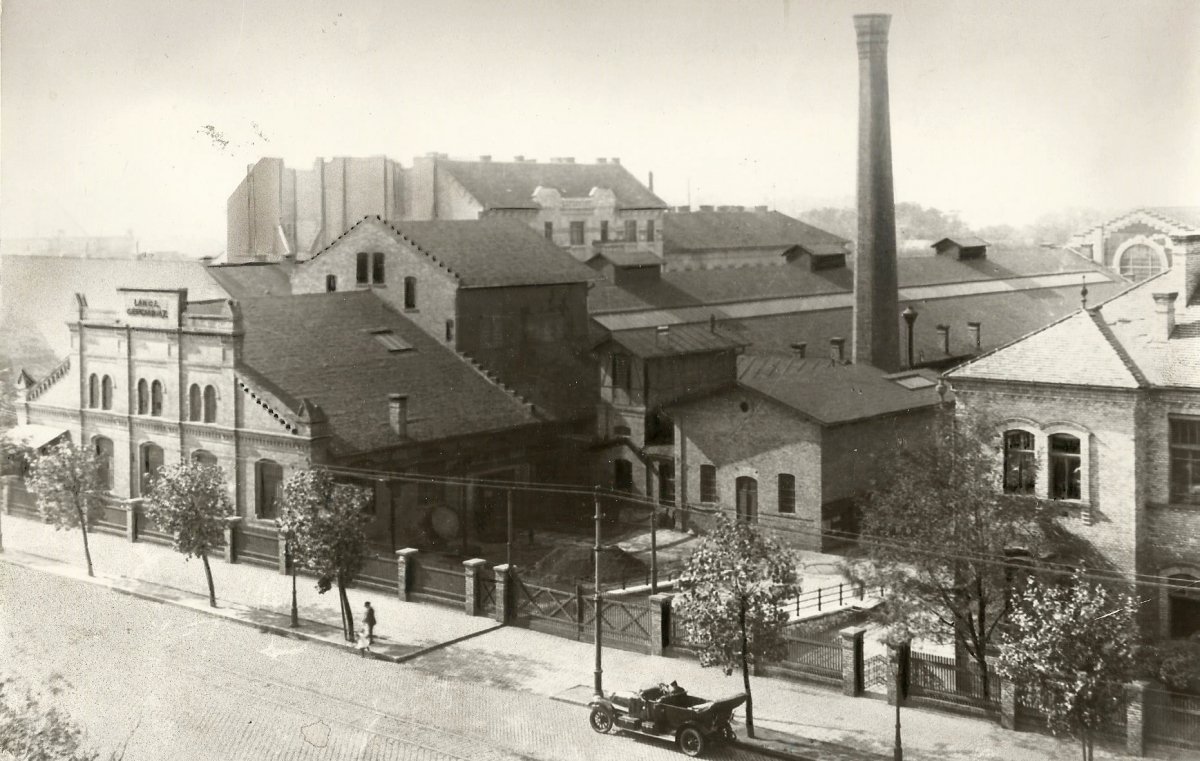


































Hozzászólások
Log in or register to comment!
Login Registration